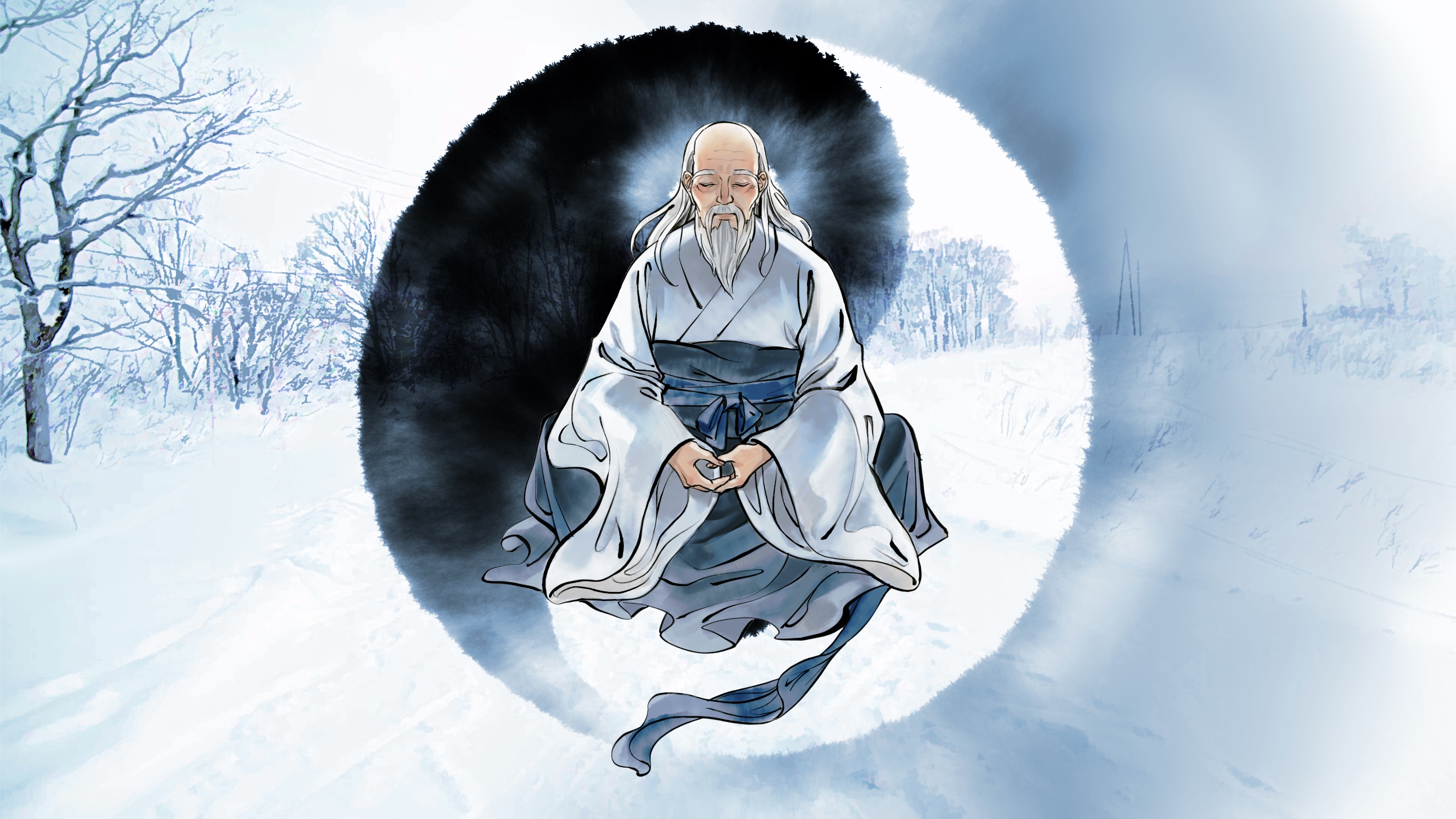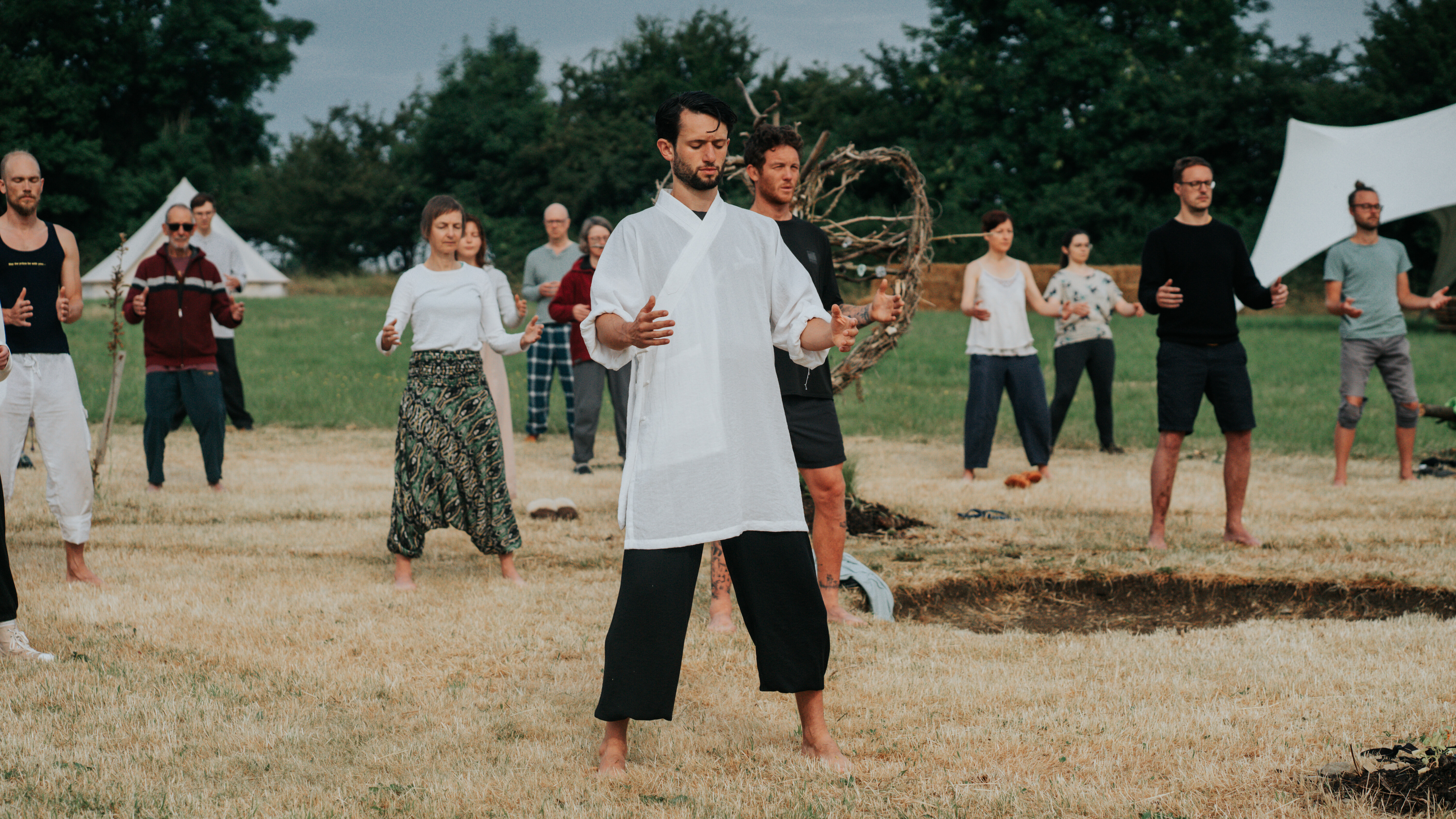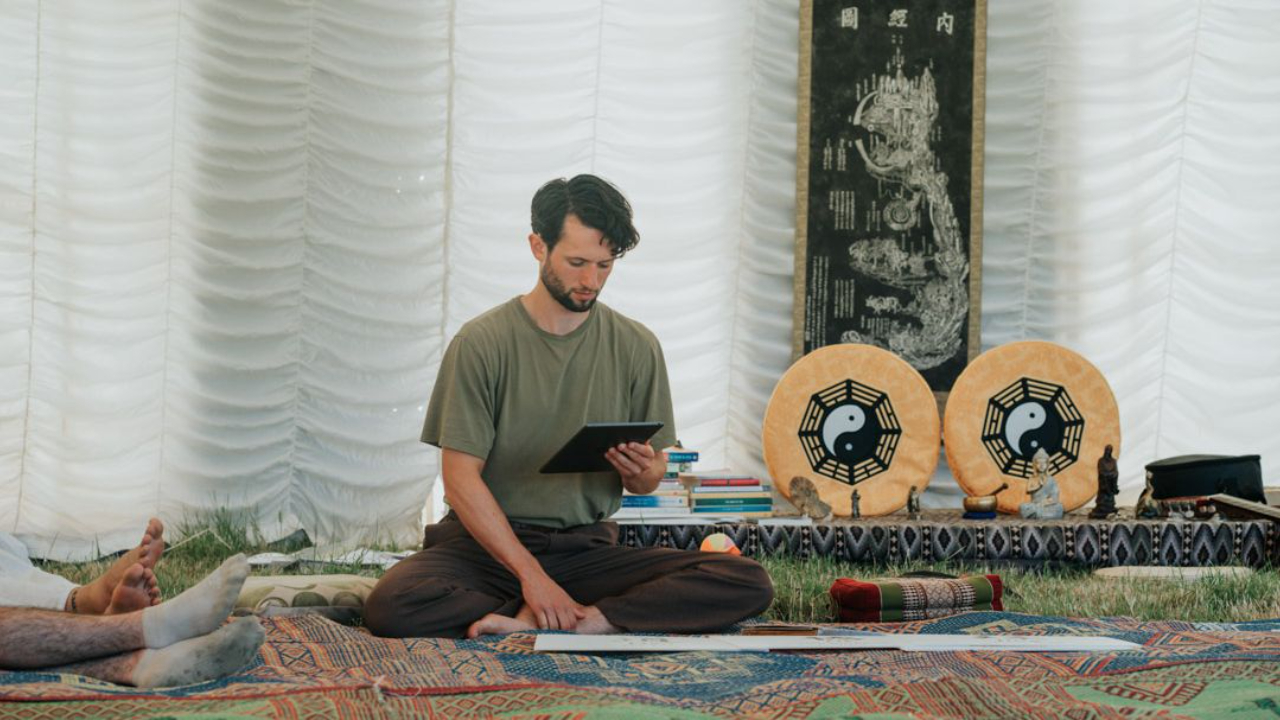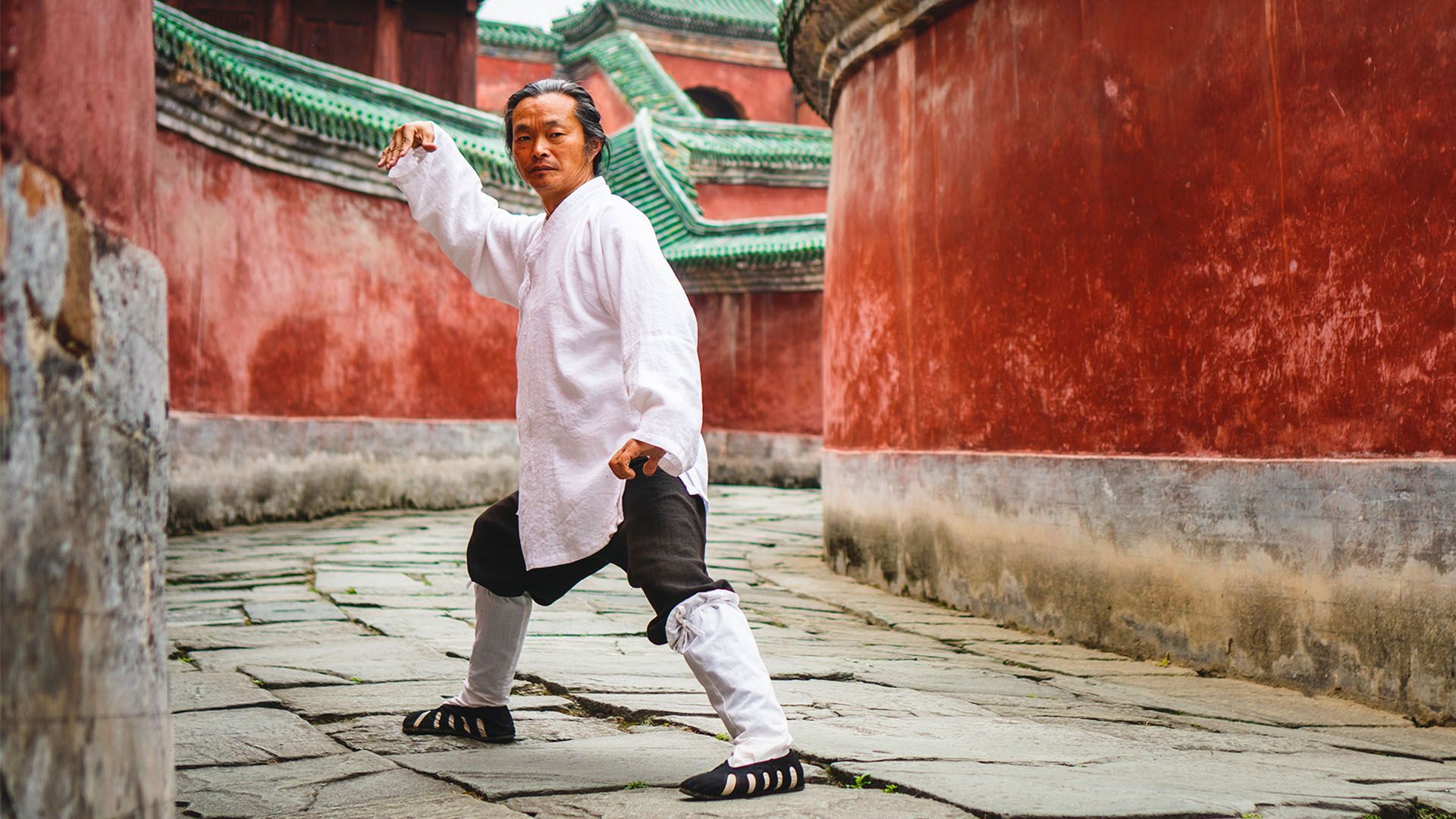The Flow of Tai Chi: An Introduction to its Movements and Meanings
Jun 28, 2023
Embark on a journey into the mesmerizing realm of Tai Chi. Often shrouded in an aura of mystical Eastern philosophy and ancient tradition, this Chinese martial art, at its core, promotes a holistic approach to physical and mental well-being. This blog post aims to unravel the essence of Tai Chi, proving itself a reliable guide, especially for enthusiasts seeking online Tai Chi courses or useful resources for Tai Chi for beginners.
Table of Contents
Unraveling the Tai Chi Mystique
In the grand scheme of martial arts, Tai Chi, or Tai Chi Chuan, stands out as a beacon of balance and introspection. Its name, translating to "Supreme Ultimate Boxing," hints at a depth of thought and philosophy embedded in its practice. But don't let the term 'boxing' mislead you. Instead of the high-octane adrenaline rush one associates with traditional martial arts, Tai Chi practices a slow, rhythmic dance between energy and form. This dance often mimics the grace of swimming in the air or the deliberation found in moving meditation. These characteristics make Tai Chi a fascinating study for beginners and seasoned practitioners.
The Dance of Yin and Yang
Digging deeper into the ethos of Tai Chi, we find it rooted firmly in the age-old Chinese philosophy of Yin and Yang. Yin and Yang represent opposing yet complementary forces of the universe that need balance. This interplay of forces mirrors the fundamental principles of Tai Chi. Each movement in this martial art aims to harmonize forces, thus offering health benefits, reducing stress, and enhancing mindfulness. Practicing Tai Chi means engaging in a silent dialogue between body and mind, where each motion flows into the next, creating a beneficial and beautiful energy dance.

Decoding Tai Chi Movements and Their Meanings
A typical Tai Chi routine comprises numerous 'forms' or 'sets.' Each 'form' refers to a specific sequence of movements choreographed, emphasizing fluidity and control. The beauty of this martial art lies in its accessibility. It welcomes beginners and experts alike, and its slow, deliberate movements can be easily adapted to fit any fitness level. If you're looking for an online Tai Chi course to get started or brush up on the basics, the focus should be on understanding and mastering these forms.
The Importance of Posture:
In Tai Chi, a good posture isn't just about standing tall; it's a bridge connecting your physical form to your mental focus. The first step in any Tai Chi journey, especially for beginners, is maintaining a relaxed yet alert posture. This stance allows free movement and helps cultivate the smooth flow of 'Qi' or energy through your body.
Movement Flow:
Tai Chi emphasizes individual movements and the transitions between them. Every shift, whether a step forward or a hand sweep, is performed with purpose and mindfulness. This fluidity lends Tai Chi its meditative quality, creating a soothing rhythm that encourages the mind to let go of everyday stress and focus on the present.
Breath Control:
Tai Chi encourages practitioners to breathe deeply and relaxedly. Each movement is synchronized with the rhythm of your breath, which promotes better oxygenation and aids in maintaining a calm and focused mindset.
Journey into the Tai Chi Forms
One of the most fascinating aspects of Tai Chi lies in its forms or sequences. Each form presents a choreographed series of movements, carrying inherent meaning and purpose. Here are some well-known forms often encountered in Tai Chi for beginners:

Grasp Sparrow’s Tail: Despite its whimsical name, this form is a cornerstone of many Tai Chi styles. It combines four essential techniques - Ward Off, Roll Back, Press, and Push, into a mini-sequence, imparting an understanding of Tai Chi's flow and rhythm.
Single Whip: This form epitomizes the Tai Chi principle of 'softness overcoming hardness.' It is a defensive movement, traditionally visualized as deflecting an opponent's attack and counter-striking. Beyond the martial application, its practice develops balance and coordination.
White Crane Spreads its Wings: This beautiful form captures the grace of Tai Chi. The practitioner appears as serene as a crane spreading its wings. Along with cultivating balance and grace, it provides a gentle stretch to the body.
As you advance in your practice, either through an online Tai Chi course or a local class, you'll encounter many more such forms. Each carries its own unique charm and health benefits, contributing to the rich tapestry of this martial art.
Health Benefits of Tai Chi
Tai Chi is a treasure trove of benefits for those willing to commit to its practice. Its low-impact, gentle movements make it accessible to people of all ages and fitness levels.

Physical Well-being:
Regular Tai Chi practice improves balance, flexibility, and strength. It's also excellent for enhancing cardiovascular fitness and overall body coordination.
- Tai Chi, a traditional Chinese martial art, is renowned for improving balance and coordination.
- Practiced globally, this gentle form of exercise can significantly reduce the risk of falls, especially for people of all ages.
- The flowing movements of Tai Chi are designed to build strength without the risk of muscle strains or sprains.
- Engaging in Tai Chi helps enhance the flow of Qi, promote physical health, and prevent health concerns related to stagnant energy.
- Studies have found that Tai Chi can improve overall physical well-being by enhancing the body's flexibility and stamina.
Mental Acuity:
Tai Chi is often called "meditation in motion or Tai Chi Walking." The concentration required during practice aids in calming the mind, reducing stress, and enhancing mental clarity.
- The practice of Tai Chi requires mental focus, which sharpens the mind and improves cognitive functions.
- By encouraging participants to breathe deeply and naturally, Tai Chi fosters a meditative state, reducing stress and anxiety.
- The philosophy of Yin and Yang, central to Tai Chi, aids in achieving mental balance by recognizing and harmonizing opposing forces.
- Tai Chi's systematic approach to movement and breath work aids in developing a heightened sense of mental clarity and focus.
- Regular Tai Chi practice has been associated with psychological benefits, including improved mood and a reduction in symptoms of depression.
Holistic Health:
Tai Chi does not compartmentalize physical and mental health. Instead, it harmonizes them, offering a holistic health approach that promotes overall well-being and a balanced lifestyle.
- Tai Chi is a mind-body practice, deeply rooted in Daoist principles and traditional Chinese medicine, aimed at balancing body and mind.
- The health benefits of Tai Chi contribute to holistic well-being, integrating physical, mental, and spiritual health aspects.
- By promoting Qi's smooth flow, Tai Chi supports the meridian system, a core component of traditional Chinese medicine for overall health.
- Considered a complementary and integrative health form, Tai Chi is often used alongside conventional treatments to enhance healing.
- Emphasizing a harmonious flow and life force energy improvement, Tai Chi offers a comprehensive approach to well-being.
Embarking on Your Tai Chi Journey
Starting Tai Chi can be as simple as joining an online Tai Chi course tailored for beginners. It provides a flexible and convenient way to learn and practice at your own pace. As you advance, you might feel drawn to join a local group for the invaluable experience of shared energy and community.
Remember, the essence of Tai Chi lies not in reaching the destination but in the journey itself. Each movement, each breath, and each moment of mindfulness contribute to your growth and well-being. Enjoy the process, and let the gentle art of Tai Chi guide you toward balance, health, and tranquility.
Conclusion
In conclusion, Tai Chi is an art that encourages harmony between the body, mind, and spirit. It's a discipline where every movement is a stroke on the canvas of balance and tranquility. Whether you're a beginner keen on exploring online Tai Chi courses or a seasoned practitioner seeking to deepen your practice, understanding the essence of Tai Chi movements and their meanings offers a path to a healthier, more mindful lifestyle.







